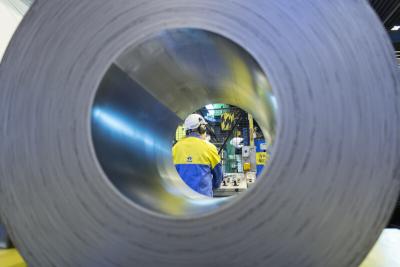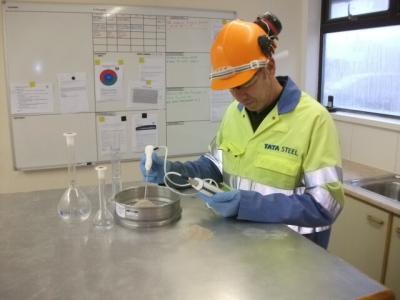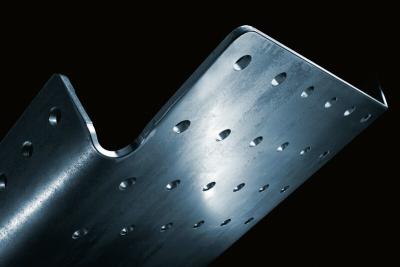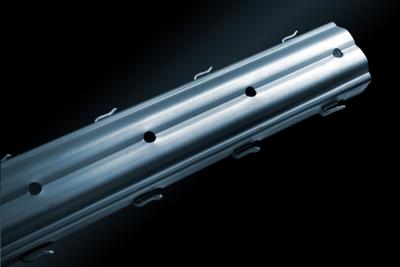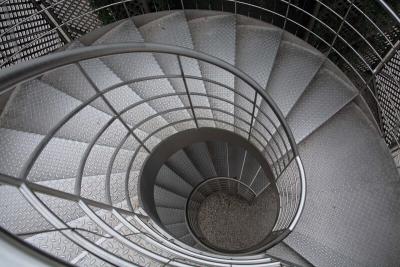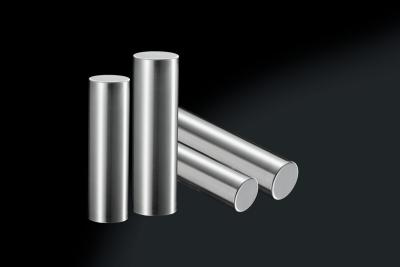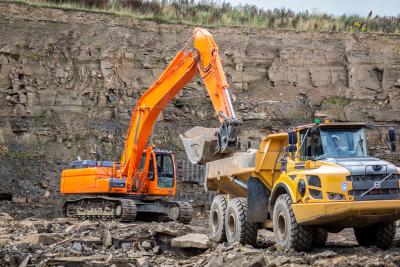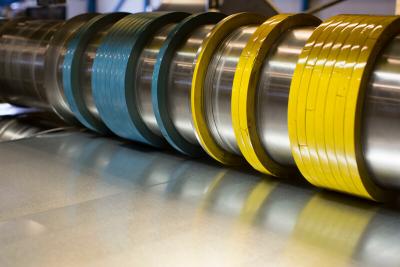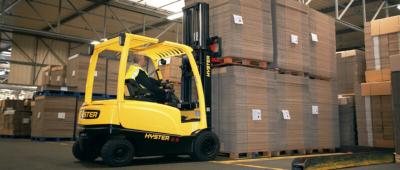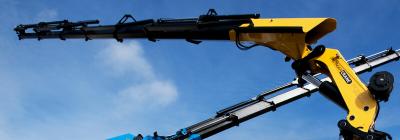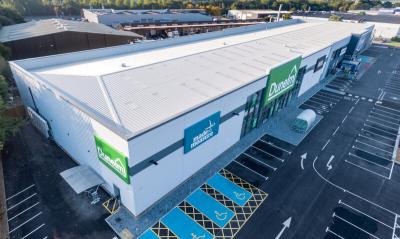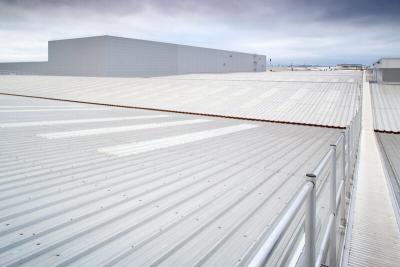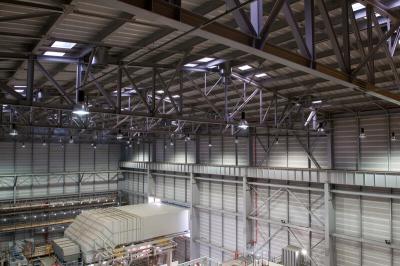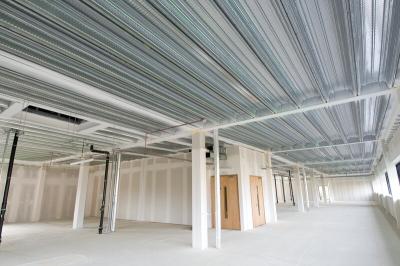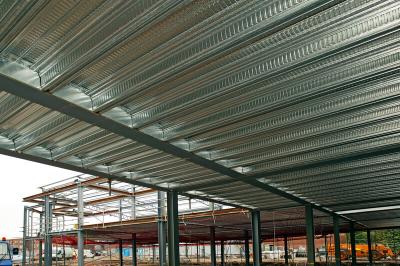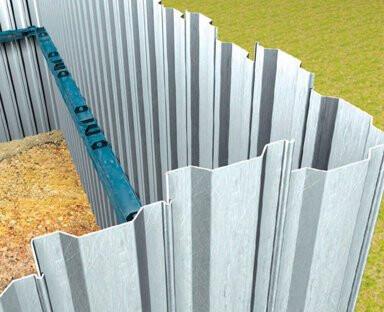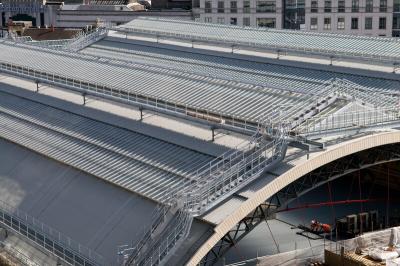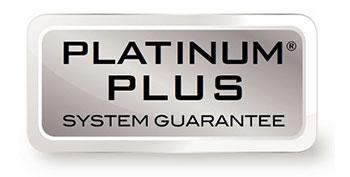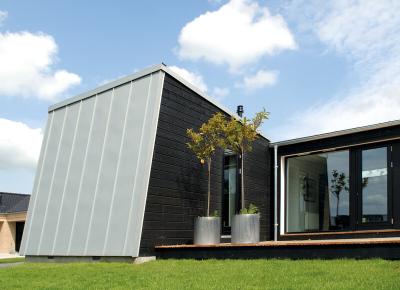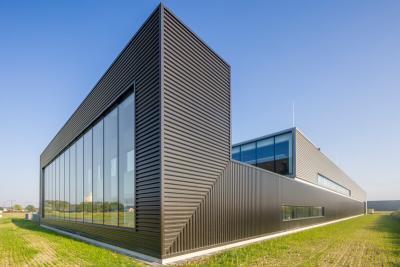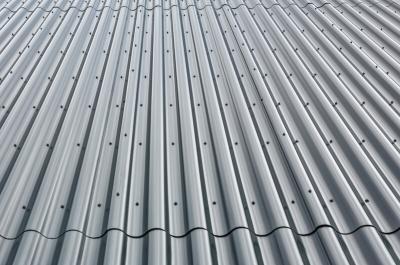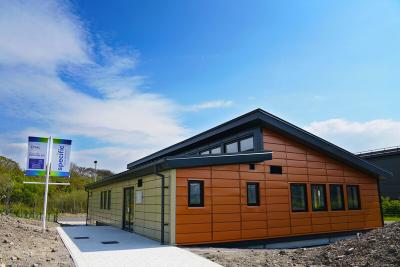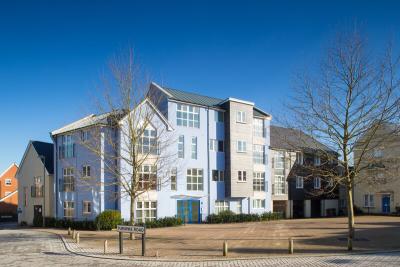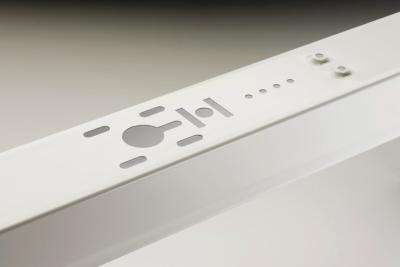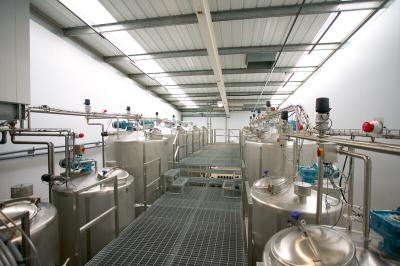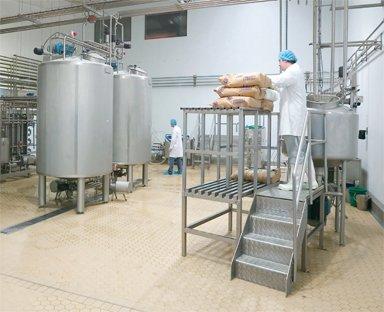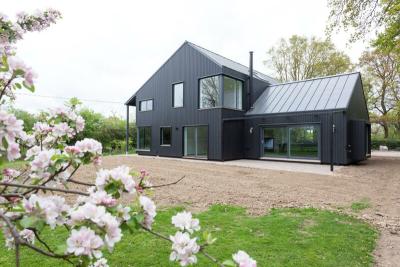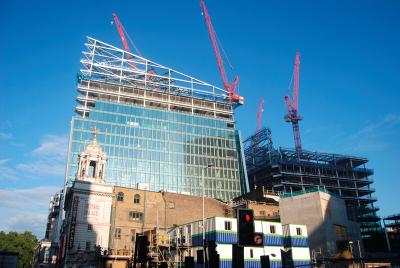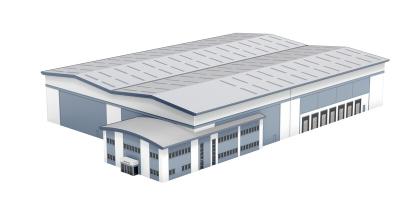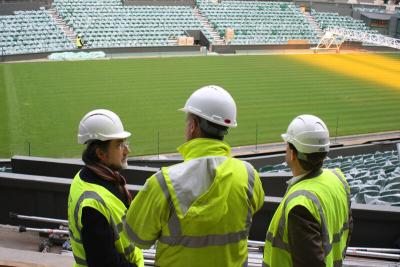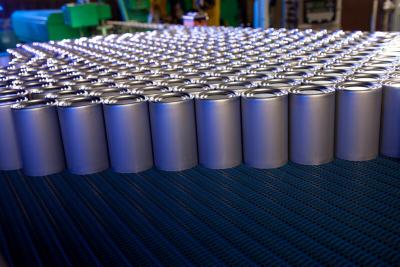Tata Steel introduce new CPD on CDM Regs 2015
The RIBA approved CPD, entitled CDM regulations 2015 and their impact on steel building envelope specification looks at the changes to the 2015 Construction Design and Management regulations (CDM), the history behind their existence, and how they aim to reduce the risk of harm to all those involved in a construction project, from the smallest to the largest. This in-depth presentation takes you through the latest revision with emphasis on the significant changes to the responsibilities and accountability of a number of key personnel and the implications for the building envelope at design, construction, during use and end of life phase.
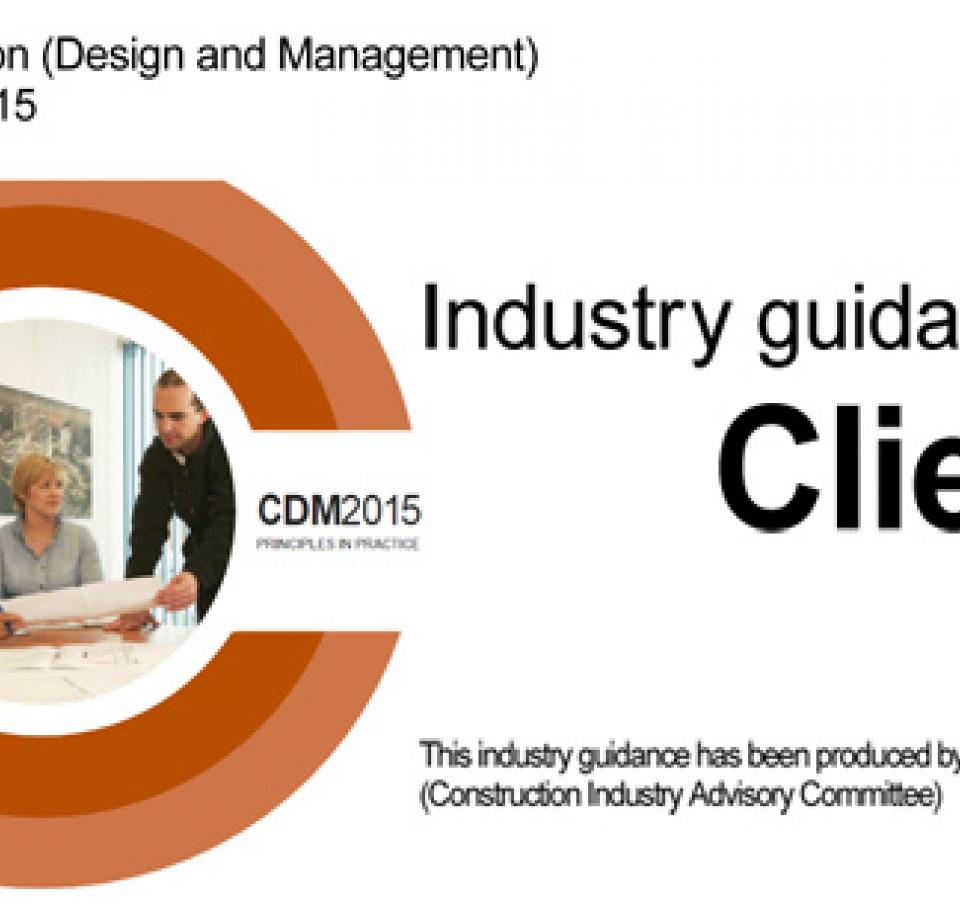

Seminar highlights
- History and background to the CDM regulations and key principles.
- Role of the HSE and enforcement.
- Key changes implemented in 2015.
- Roles and responsibilities.
- Focus on the Client, Principal Designer and Principal Contractor roles.
- Implications for building envelope specification.
- Design phase, construction phase and in use / maintenance phase.
- Correct specifications and case studies.
Biggest changes in Health and Safety in a decade
First introduced in 1994 the CDM regulations were established in response to the 1992 EU directive for minimum standards for Health and Safety on construction sites. The Health and Safety Executive (HSE) revised the regulations in 2007, as a means of improving Health and Safety on UK construction sites, and reducing the risk of harm to those who have to build, use and maintain structures. Everyone involved in a construction project needs to be aware of the CDM regulations, they exist for the benefit of improving health and safety within the industry and are designed to manage and control all foreseeable risks during the life span of a building from inception to ultimate end of life.
The latest revision came into effect on 6th April 2015 and introduced a number of significant changes.
Roles and responsibilities
With added responsibility and accountability on a number of key personnel, including the Client and the Principal Designer, the CDM now embeds the Client as head of the project team, responsible for ensuring construction work is managed properly and any risks minimised. The Client must make arrangements for managing the project including assembling the project team, ensuring that they have the necessary skills, knowledge, training and experience; making sure the roles, functions and responsibilities are clearly defined, sufficient allocation of time and resources, good communication and co-operation across the project team and taking reasonable steps to ensure the Principal Designer and Principal Contractor comply with their duties.
Helping reduce the risk
There is also a section on how Tata Steel can help reduce the risk even further.
It is now a legal requirement for all construction products to be CE-Marked, this requirement is on the product, not on the installed system.
Specifying an engineered cladding system from Tata Steel or one of its supply chain partners will help the designer reduce the risk at construction, management and end of life stages. All Tata Steel and Supply Chain Partner cladding systems have been designed and tested to ensure that they meet the building service life performance requirements and where appropriate have certification to demonstrate this. The presentation will highlight how specifying Colorcoat HPS200 Ultra® and Colorcoat Prisma® pre-finished steel with class leading durability will ensure these cladding systems perform for the required duration. Our products are backed with Health & Safety datasheets, all giving peace of mind that the products you are choosing are fully compliant and tested to the most stringent standards.
This is a technically in-depth CPD and one not to be missed. To request a seminar from one of our business development team register for your free CPD seminar [here].








